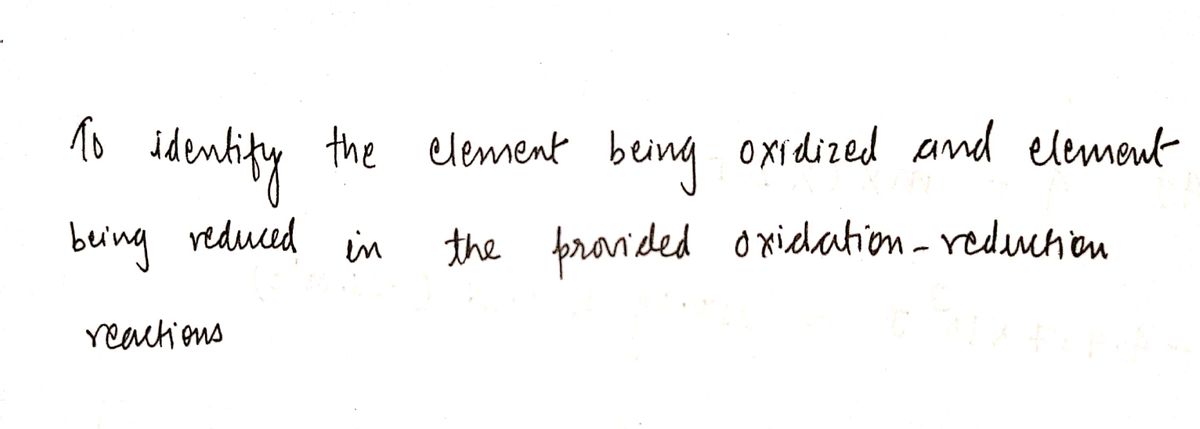a. For the following oxidation-reduction reaction, identify which element is being oxidized and which is being reduced F₂ (g) + Mg(s) → MgF₂ (s) (Select all that apply.) magnesium is oxidized fluorine is reduced magnesium is reduced Ofluorine is oxidized b. For the following oxidation-reduction reaction, identify which element is being oxidized and which is being reduced F2 (g) + 2Na(s) → 2NaF(s) (Select all that apply.) sodium is oxidized fluorine is oxidized sodium is reduced Ofluorine is reduced c. For the following oxidation-reduction reaction, identify which element is being oxidized and which is being reduced 2Li(s) + Br₂ (1) → 2LiBr(s) (Select all that apply.) Olithium is reduced Olithium is oxidized bromine is oxidized bromine is reduced
Science behind corrosion-test
Corrosion is defined as an activity that transforms refined metals into more chemically stable forms such as oxide, hydroxide, carbonate, or sulfide. It refers to the slow decomposition of things (typically metals); thanks to chemical and/or electrochemical reactions with their surroundings. Corrosion engineering is the science of preventing and controlling corrosion.
Corrosion
Corrosion is defined as an activity that transforms refined metals into more chemically stable forms such as oxide, hydroxide, carbonate, or sulfide. It refers to the slow decomposition of things (typically metals); thanks to chemical and/or electrochemical reactions with their surroundings. Corrosion engineering is the science of preventing and controlling corrosion.



Step by step
Solved in 3 steps with 3 images









